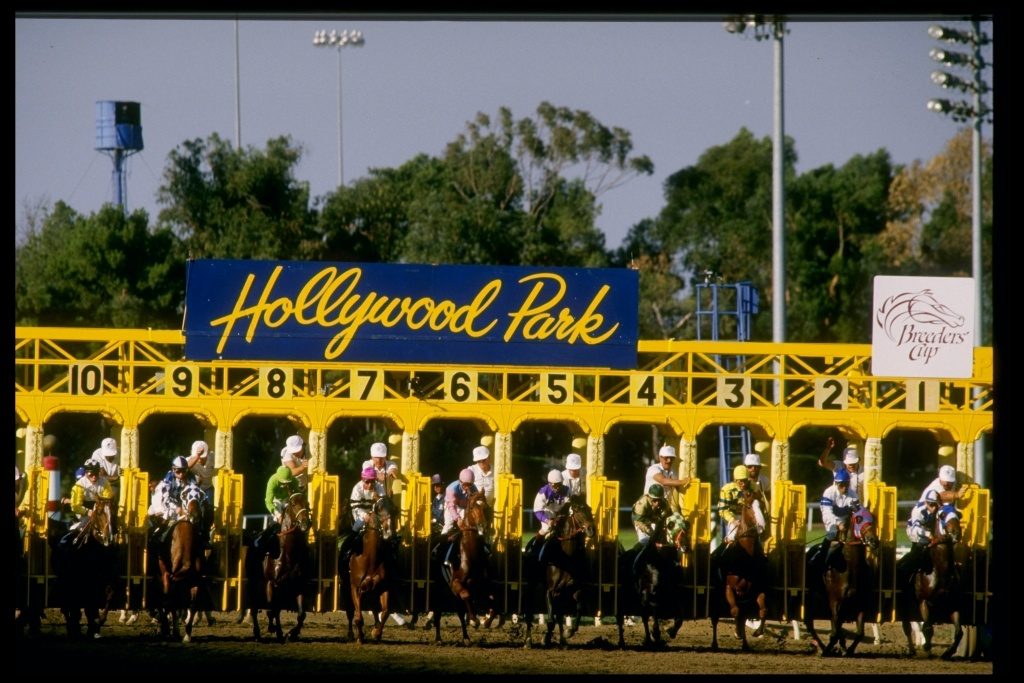

This year’s Breeders’ Cup will once again host a substantial contingent of European and other foreign-based horses – and racing has Laurel Park and Atlantic City Racecourse to thank. Up until the 1950’s, most trainers were reluctant to ship their horses overseas as the risks – a long voyage, lost condition, quarantine – didn’t seem worth it. It took the combined vision of Laurel Park owner John Schapiro along with Daily Racing Form editor J. Samuel Pearlman to change their minds. While turf racing dominated in Europe, there were few grass specialists in the U.S. at the time and Schapiro and Pearlman realized the importance of luring foreign competitors for their dream race – the Washington D.C. International. Contested at a one and half miles over the turf with a $50,000 purse, it drew one Canadian and three top European runners.
A year later, Atlantic City Racecourse president John B. Kelly took that concept to the next level with the inaugural running of the United Nations Handicap. Won in track record time by the Chilean-bred Iceberg II, the 1 3/8 mile race offered the largest purse money for any North American turf race at the time. For many years, both the Washington D.C. International and United Nations Handicap continued to attract top foreign horses in addition to American champions and were viewed as determining races for the Eclipse Award for Best Turf Horse.
And then in 1984 the first Breeders Cup was run. Envisioned by John Gaines as a Super Bowl of horse racing, the Breeders’ Cup offered millions in purse monies. It was an immediate success, drawing horses from all over the world to the U.S. to compete in what was billed as “Racing’s Richest Day”. Suddenly, the International and U.N. were relegated to prep race status, serving only to ready their competitors for the bigger payoffs on Breeders’ Cup day.
When the Washington D.C. International was discontinued in 1994, the United Nations became the longest running turf stakes in the U.S. Sadly, it too was discontinued in 1998 when Atlantic City Racecourse fell on hard economic times. The Breeders’ Cup had in effect, overwhelmed its predecessors.
Then in 1999 Monmouth Park re-instituted the U.N. stakes and has been keeper of its flame ever since. So it seemed fitting that the track preserving the race that first originated the idea for the Breeders Cup should host it and in 2007, Monmouth Park did just that. It was the first time that the Breeders’ Cup offered two days of racing and the Jersey Shore track pumped $30 million into renovating its grandstand. Only to watch its dream literally get washed away. A series of torrential downpours swept through the area, devastating attendance and that was the first and last time that Monmouth Park ever hosted the event.
The Washington D.C. International was re-instituted in 2005 but has never regained its Grade One status. The United Nations Stakes has fared better, eventually becoming part of the Breeders’ Cup “Win and You’re In” race series. Their tradition of having the best horses in the world competing on American soil for rich purse monies will live on through the very races they helped to create – the Breeders’ Cup.



